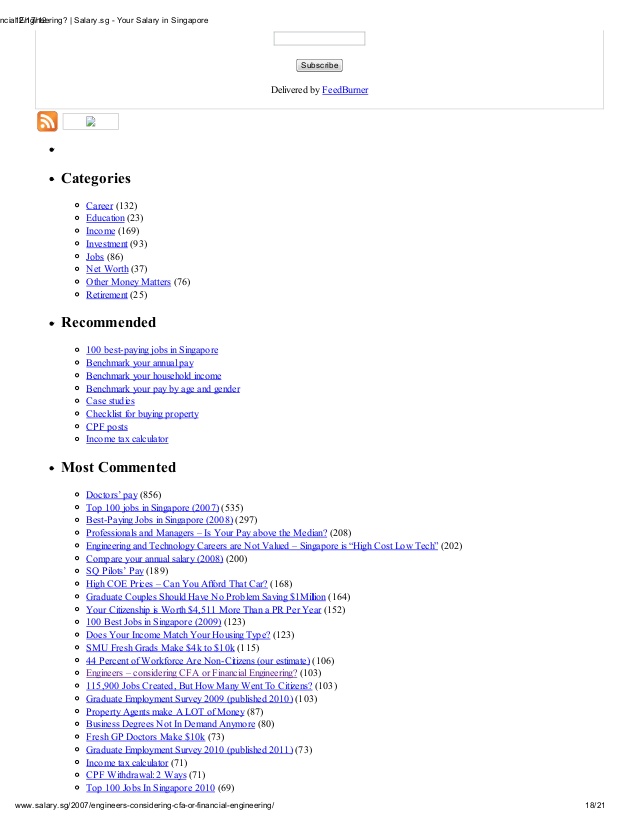Содержание

Both lenders and investors scrutinize an organization’s gearing ratios as a result of they reflect the levels of danger concerned with the company. To understand why buyers often use multiple ways to research debt, let’s look at a hypothetical company, Tracy’s Tapestries. The firm has property of $1 million, liabilities of $700,000 and stockholders’ fairness totaling $300,000. For instance, an organization lists £20,000 on its stability sheet, together with £35,000 in equity.
Long term debt ratio is one of the financial leverage ratios measuring the proportion of long-term debt used to finance the assets of a business. The current ratio, which is the simplest measure and is calculated by dividing the total current assets by the total current liabilities. The Long-Term Debt to Asset Ratio is a metric that tracks the portion of a company’s total assets that are financed through long term debt. This ratio allows analysts and investors to understand how leveraged a company is. The debt-to-asset ratioand the long-term debt to total capitalization ratio both measure the extent of a firm’s financing with debt.
Thus, lenders and creditors will charge a higher interest rate on the company’s loans in order to compensate for this increase in risk. We must also note that the level of debt funds and the ratio varies with the industry also. If it is a capital-intensive industry, the debt portion/ratio will be high. Another issue is the use of different accounting practices by different businesses in an industry. If some of the firms use one inventory accounting method or one depreciation method and other firms use other methods, then any comparison will not be valid.
Non-current assets to net worthratio isa measure of the extent of a company’s investment in low-liquid non-current assets. This ratio is important for comparison analysis because it is less dependent on industry than debt ratio or debt-to-equity ratio. At the same time, other businesses consider total debt in the numerator. The major problem with long-term debt is the blockage of cash for interest and principal payments on a regular basis.
Accounting Topics
Lenders and investors usually prefer low debt-to-equity ratios because their interests are better protected in the event of a business decline. Thus, firms with high debt-to-equity ratios may not be able to attract additional capital. The debt-to-fairness ratio can help investors establish highly leveraged companies that will pose risks, during tough patches. Equity Financing → The issuance of common shares and preferred stock by a company to outside investors, where capital is exchanged for partial ownership in the company’s equity. Capital is necessary to fund a company’s day-to-day operations such as near-term working capital needs and the purchases of fixed assets (PP&E), i.e. capital expenditures .

Companies that fund a greater portion of capital through debts are considered to be riskier than those with lower finance ratios. To better put it into perspective, most current liabilities are even categorized as non-interest bearing current liability . Meanwhile, long-term debt makes up the bigger chunk of non-current liabilities with its comparably higher interest.
What is the debt-to-total-assets ratio used for?
Investors and creditors shall also take into account what type of industry the company is in. For instance, utility companies often have higher long-term debts ratio since they have a more stable cash ratio, to put it simply, a relatively constant customer base. That’s why it’s important to only compare the metrics with other businesses in the same industry. If the projects were to fail or if their performance is poorer than expected, the business will find itself affected by the consequences of an unproductive debt.
- This way, you will improve the ratio and bring a more positive face of the company to the investors.
- As we mentioned earlier, the debt to assets ratio (D/A) is a financial ratio that measures a company’s leverage by comparing its total liabilities to its total assets.
- Analysts need to be cognizant of all these factors while analyzing a company.
- Trend analysis is looking at the data from the firm’s balance sheet for several time periods and determining if the debt-to-asset ratio is increasing, decreasing, or staying the same.
Value of 1 or much less inlong term debt to total asset ratiosshows good monetary health of an organization. The debt-to-fairness ratio is a monetary leverage ratio, which is incessantly calculated and analyzed, that compares a company’s total liabilities to its shareholder equity. Hence, having a high long-term debt ratio of 35% is not a problem as creditors believe they can pay off the debt eventually. On the other hand, the same ratio may not be safe for businesses that have unstable cash flows like social media companies since competitors may easily take the market share in the future. As with all other ratios, the trend of the total-debt-to-total-assets ratio should be evaluated over time. This will help assess whether the company’s financial risk profile is improving or deteriorating.
Long Term Debt to Asset Ratio
He is a CFA charterholder as well as holding FINRA Series 7, 55 & 63 licenses. He currently researches and teaches economic sociology and the social studies of finance at the Hebrew University in Jerusalem. As always, thank you for taking the time to read today’s post, and I hope you find some value in your investing journey. If I can be of any further assistance, please don’t hesitate to reach out. Long term assets are assets that can’t be easily converted in to cash like vehicles,equipments and machineries .
They also provide insight into the mix of equity and debt that a company uses. It helps them by evaluating a company’s financial health and making a decision if investing in a particular company can yield them returns along with profits. If you have unresolved debts, I highly suggest you take a 1-minute free debt consultation on CuraDebt. One of the oldest companies known for resolving millions of debts, you will never regret giving it a chance.
LTD/TA as a leverage ratio is often preferred since it puts more emphasis on debts that have more weight and long-lasting. If the ratio is greater than one, then it means that the company has more debt in its books than assets. In the Duke and Southern Utility example, we can see that Duke reduced its LT debt ratio while Southern increased its. Looking at the numbers closer, we see that Southern has been adding debt to its books to grow its operations.
Let’s assume that a corporation has $100 million in total assets, $40 million in total liabilities, and $60 million in stockholders’ equity. This corporation’s debt to total assets ratio is 0.4 ($40 million of liabilities divided by $100 million of assets), 0.4 to 1, or 40%. This indicates 40% of the corporation’s assets are being financed by the creditors, and the owners are providing 60% of the assets’ cost. The debt to total asset ratio indicates the percentage of total assets of the company financed from debt.
Calculating the Long-Term Debt to Total Capitalization Ratio
While unlikely to cause solvency issues, it could indicate poor capital structure decisions by management, resulting in a suboptimal return on equity for the firm’s shareholders. Of all the leverage ratios used by the analyst community to understand the financial position of a company, debt to assets tends to be one of the less common ones. That’s how you can use the LT-debt ratio to measure a company’s financial leverage and calculate its overall risk. Used properly while considering all the loopholes, this metric can be an important tool to initiate constructive discussion with the management about the future of the company. Profitability ratios measure the firm’s use of its assets and control of its expenses to generate an acceptable rate of return. Activity ratios measure how quickly a firm converts non-cash assets to cash assets.
This is why the debt to asset ratio is considered one of the important metrics. Would you have calculated this ratio if you had been to be an investor? This reveals that the corporate makes use of 36% of debt to finance operations through exterior funding. It is calculated by dividing the corporate’s whole belongings by the whole shareholder fairness. The fairness multiplier can be used to point the extent of debt financing that a firm has used to accumulate assets and keep operations.
Now, here 28% signifies that 72% of the assets are bought using equity, and the ABC company is among one of the good companies to invest in. If you are in debt, the first thing you need to do is calculate the score and then work in order. This way, you will improve the ratio and bring a more positive face of the company to the investors. You can use CuraDebt to get a free consultation on Debt or improve your credit score to arrange fluid from the bank.
Long-Term Debt to Asset Ratio Analysis
These items are not presented in the long-term liabilities section of the balance sheet, but they are liabilities nonetheless. If you don’t include these in your calculation, your estimates will not be completely correct. Total-debt-to-total-assets may be reported as a decimal or a percentage.
Hence, it is considered a risky investment, and the banker might reject the loan request of such an entity. Further, if the ratio of a company increases steadily, it could indicate that a default is imminent at some point in the future. Let us take the example of Apple Inc. and calculate the debt to asset ratio in 2017 and 2018 based on the following information. If the long-term debt to capitalization ratio is greater than 1.0, it indicates that the business has more debt than capital, which is a strong warning sign indicating financial weakness.
The long-term debt to total assets ratio is calculated by taking a company’s long-term debt and dividing it by its total assets. Businesses with a high long-term debt-to-assets ratio are comparatively riskier. In the future, they may not be able to pay off their debts and enter the state of insolvency/bankruptcy. Companies that wish to attract more capital sources need to have decent risk management. Furthermore, understanding the purpose and destination of the borrowed funds is as important as determining the ratio itself. By calculating the Long Term Debt to Fixed Assets Ratio, an investor can understand the portion of the Long Term Debt that may be employed to finance the business’ Fixed Assets.












